Education and Conservation
The District is currently in Stage 1 of its Water Conservation Plan. See below for the current restrictions that are in place or download our flyer with all the information you need to know.
Stage 1*
- Watering of lawns, grass, shrubbery, and ground cover is only permitted between 6 pm and 9 am from June to October, and between 9:00 am and 3:00 pm from November to May.
- Irrigation 48 hours after measurable rainfall is prohibited.
- Washing of hard surfaces (driveway, parking lots, etc.) is prohibited with the exception of eliminating the risk of fire, contamination, or being used for public health/safety needs.
- Washing of vehicles must be done using a hose with an automatic shut-off nozzle or similar device that ceases to dispense water when not in use.
- Water use causing flooding or runoff into gutters, driveways, streets, non-irrigated areas, or adjacent properties is prohibited.
- Water leaks/breaks once found must be repaired promptly.
- Everyone is encouraged to install low flush toilets, shower heads, flow reducers, and faucet aerators.
- Evaporation-resistant covers and water recirculation systems are required for all swimming pools and hot tubs of at least 600 gallons capacity.
*See District's Urban Water Management Plan for a complete list of restrictions.

Water-Saving Tips and Tricks
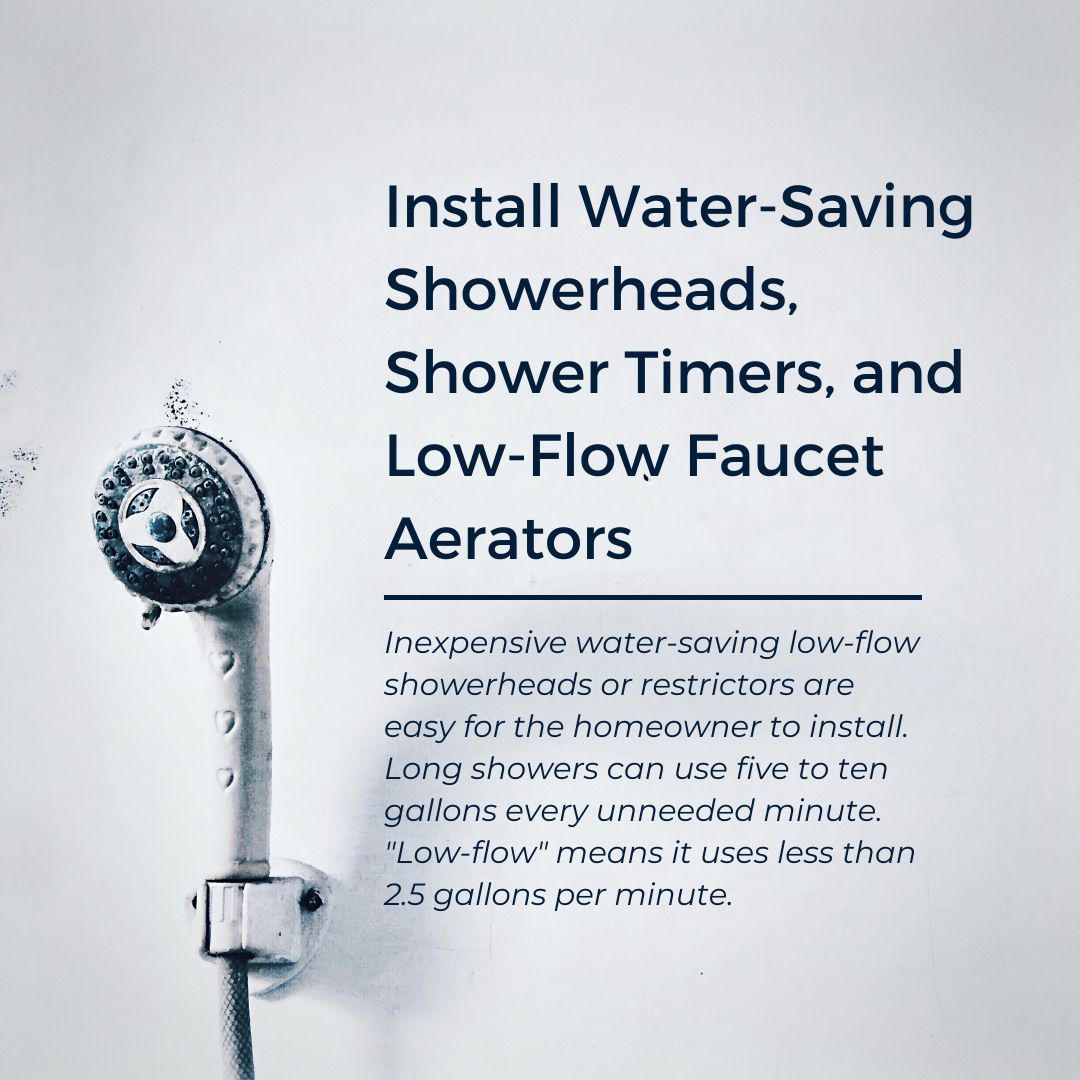
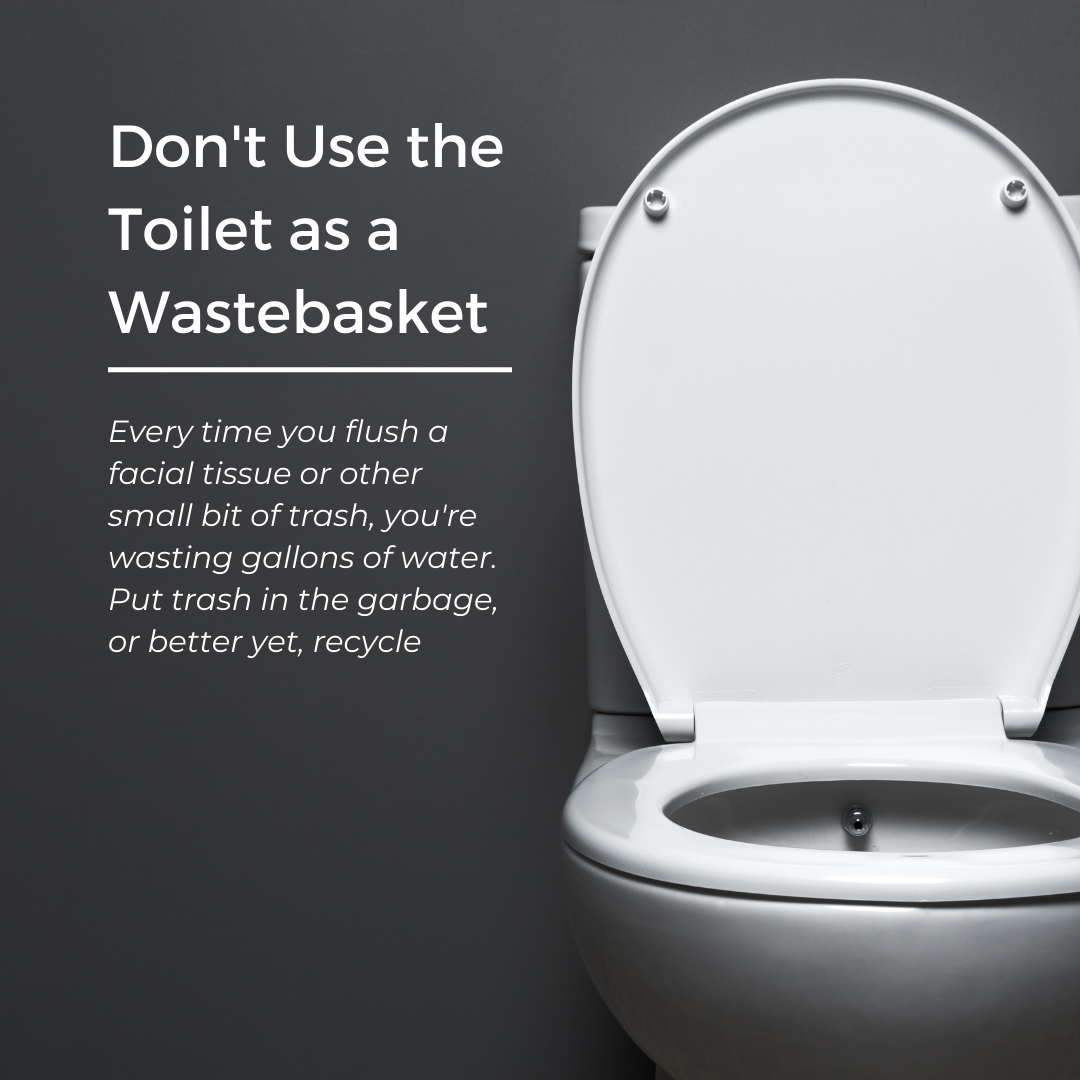
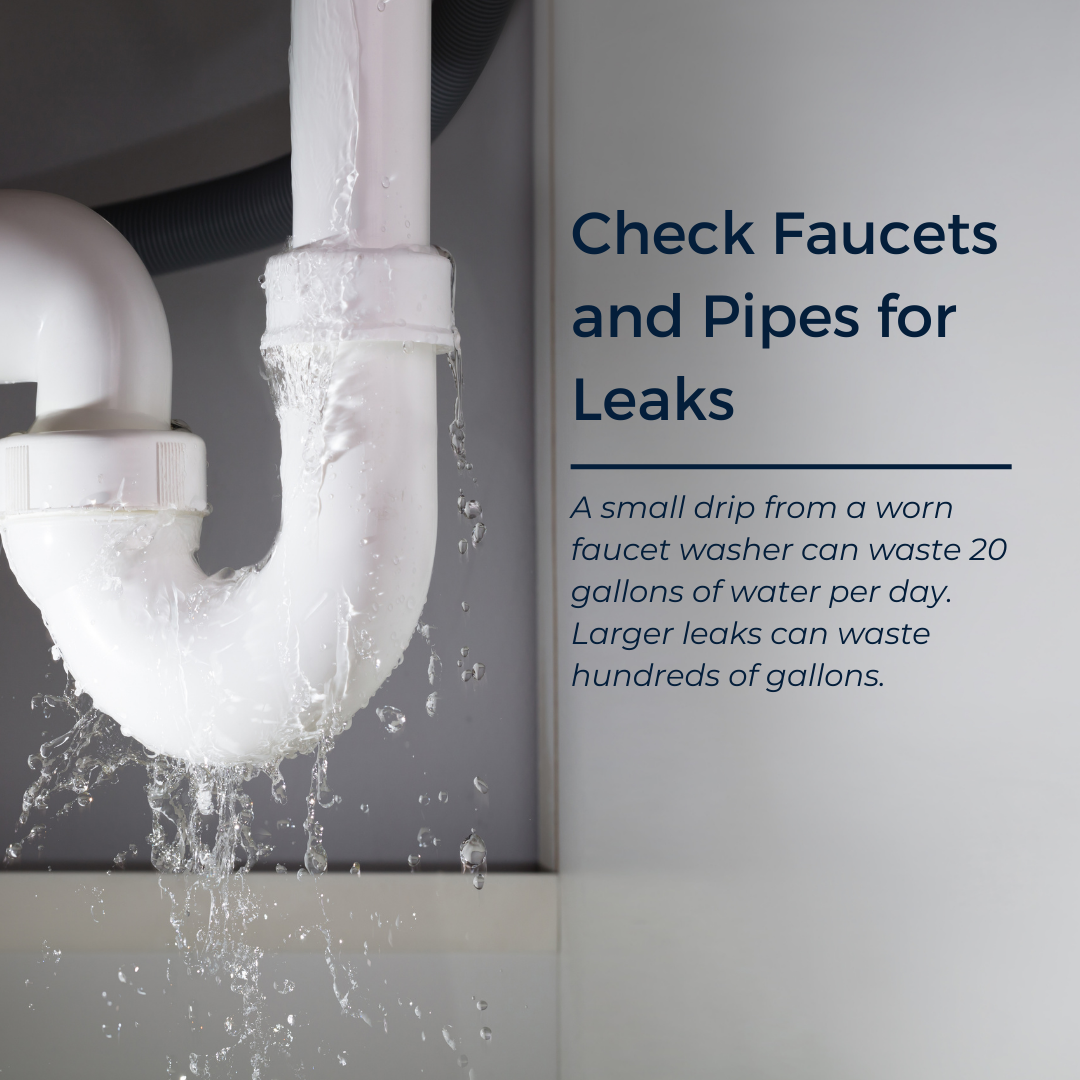

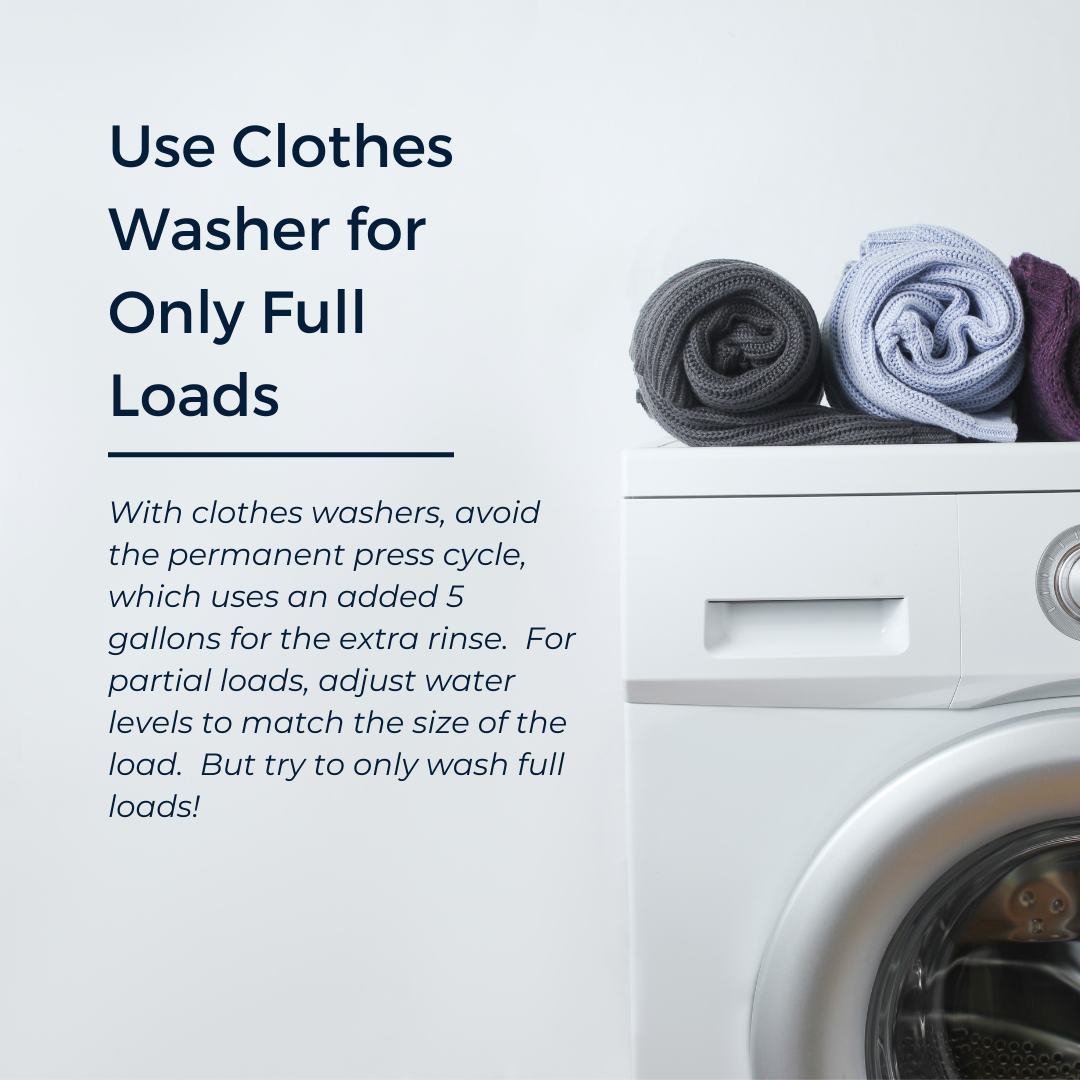
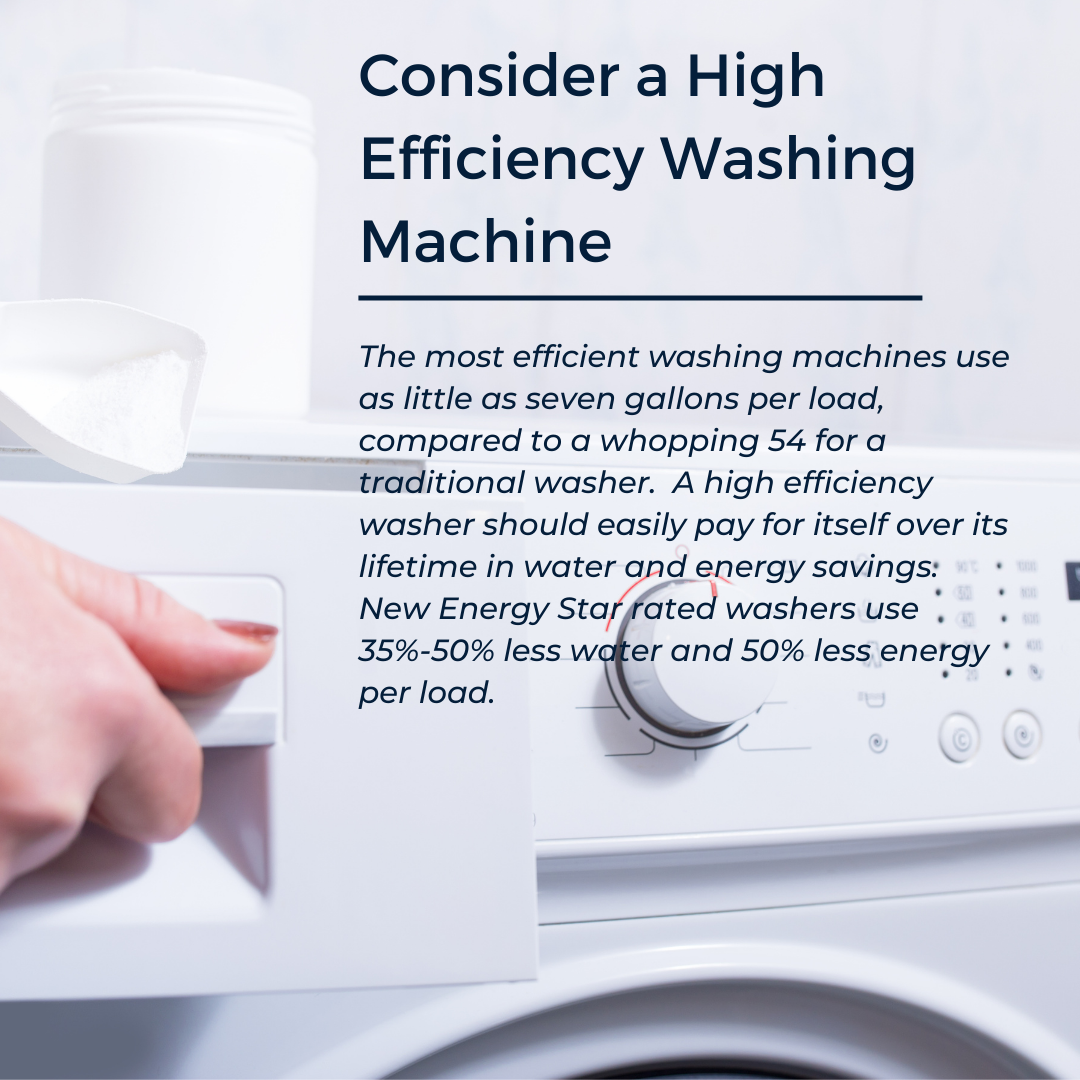
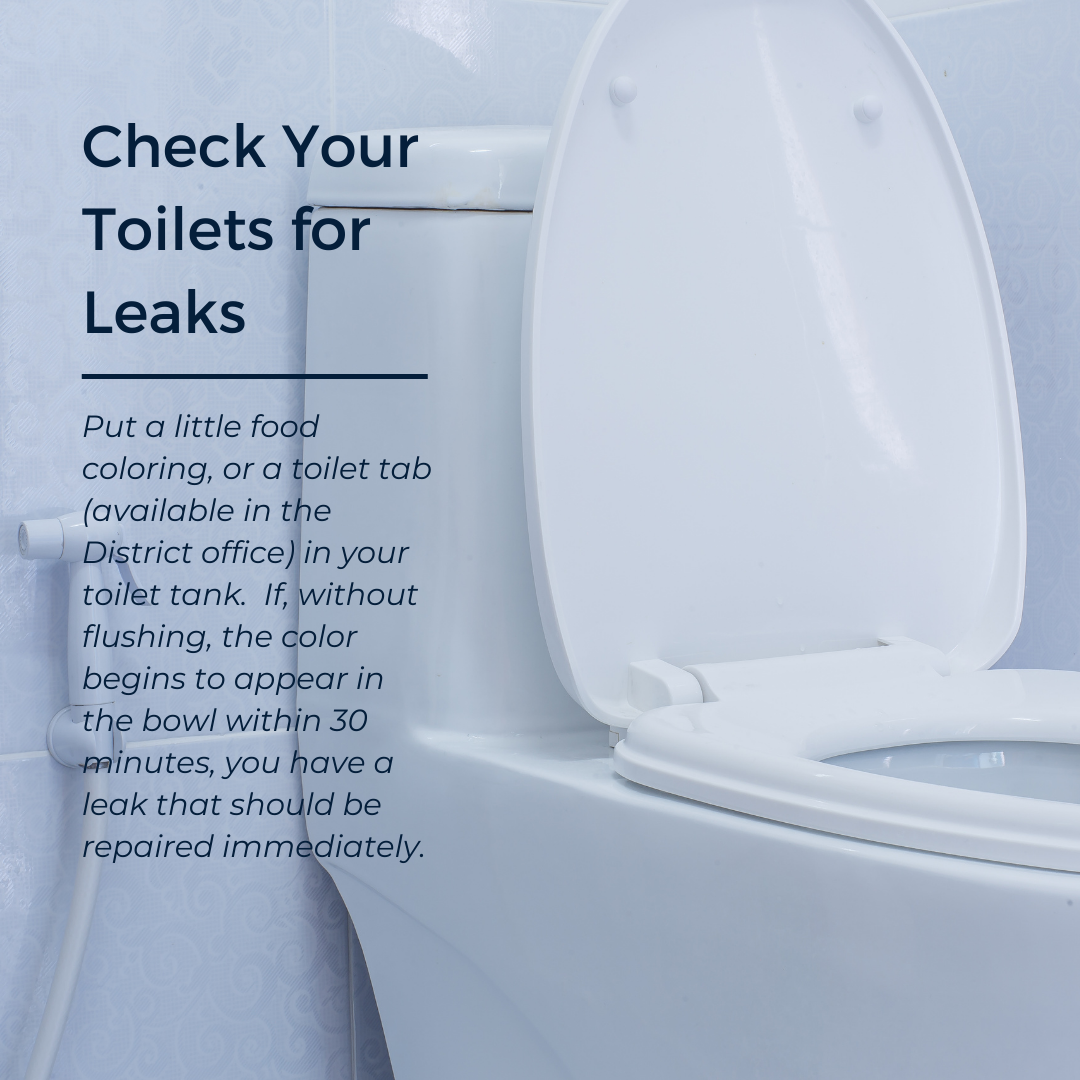
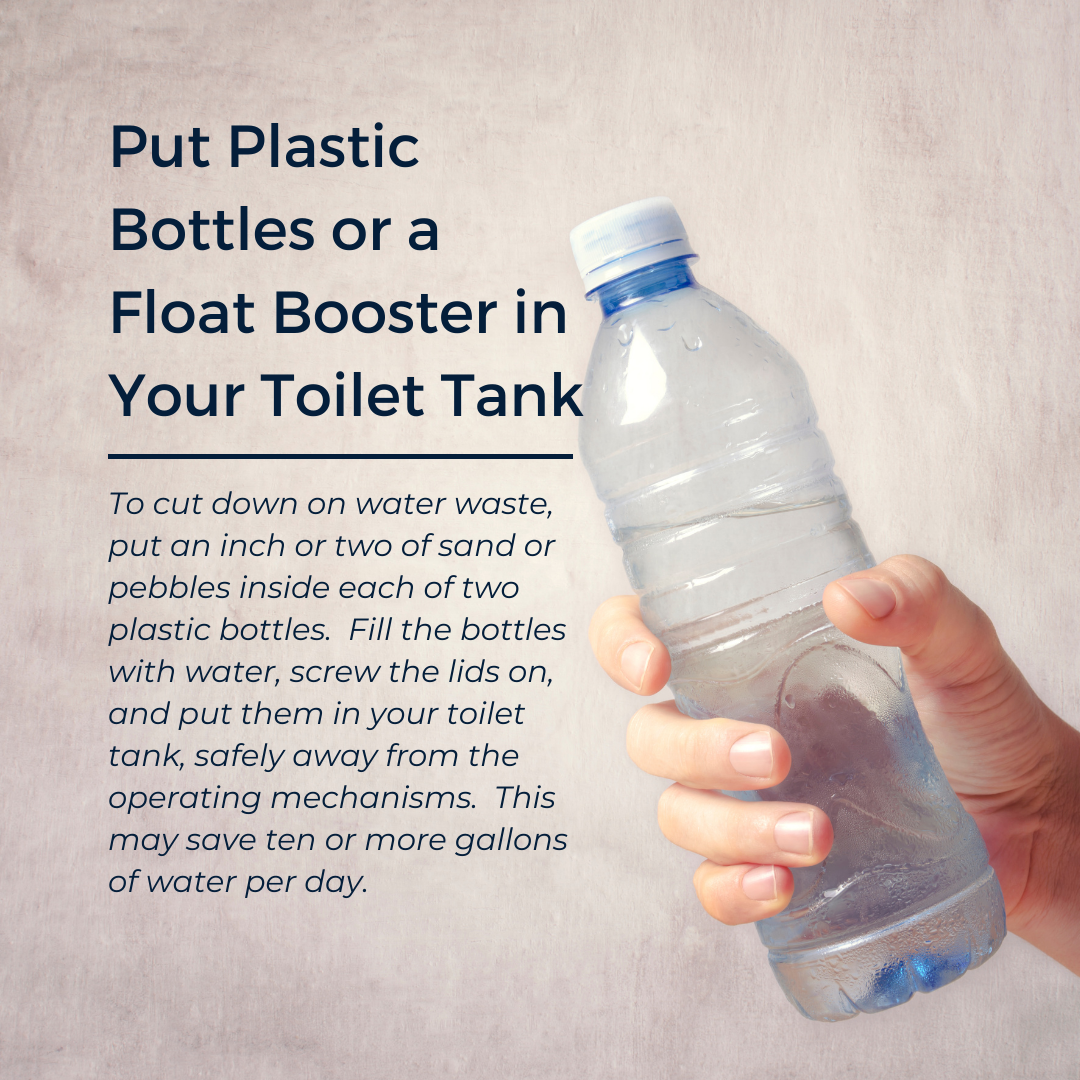
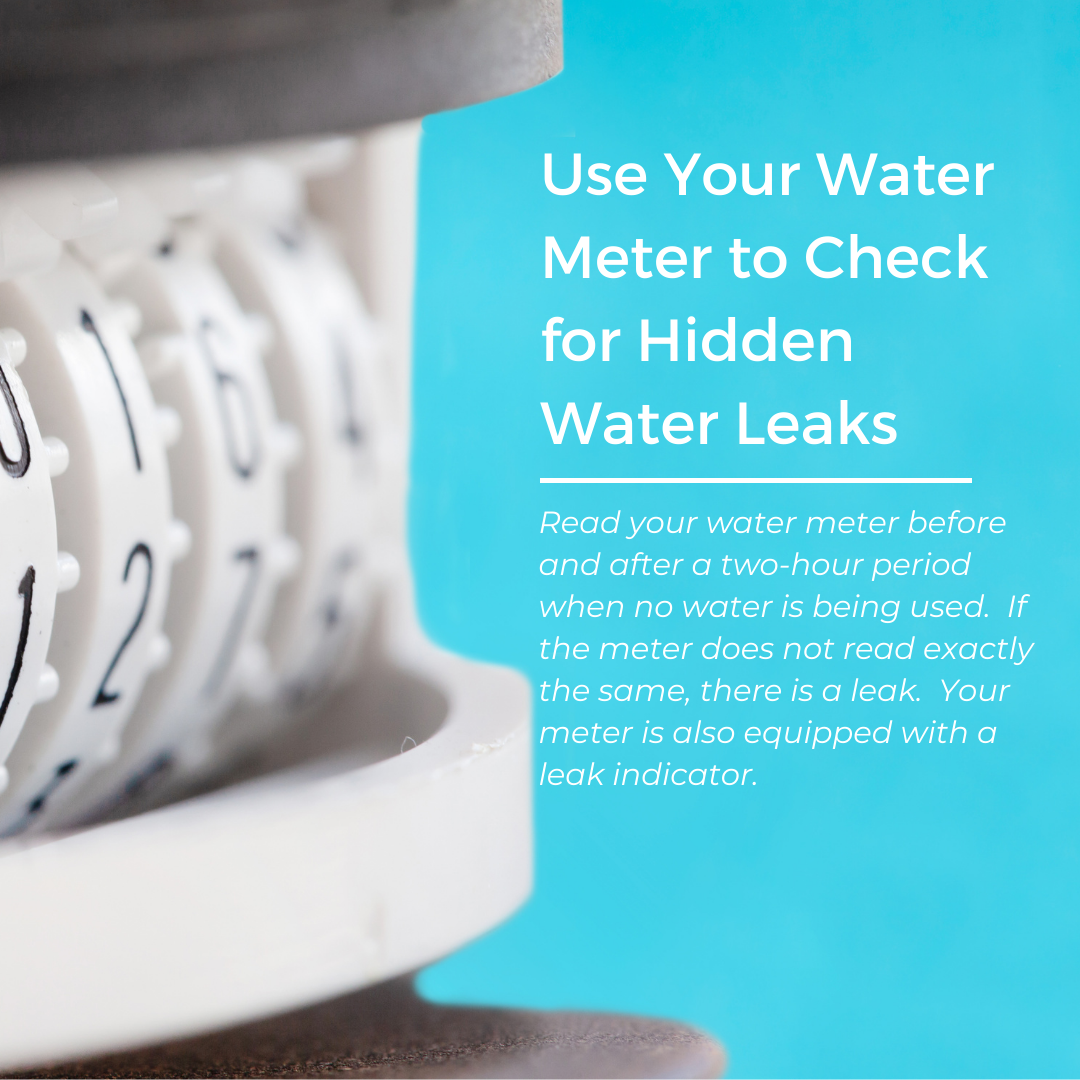









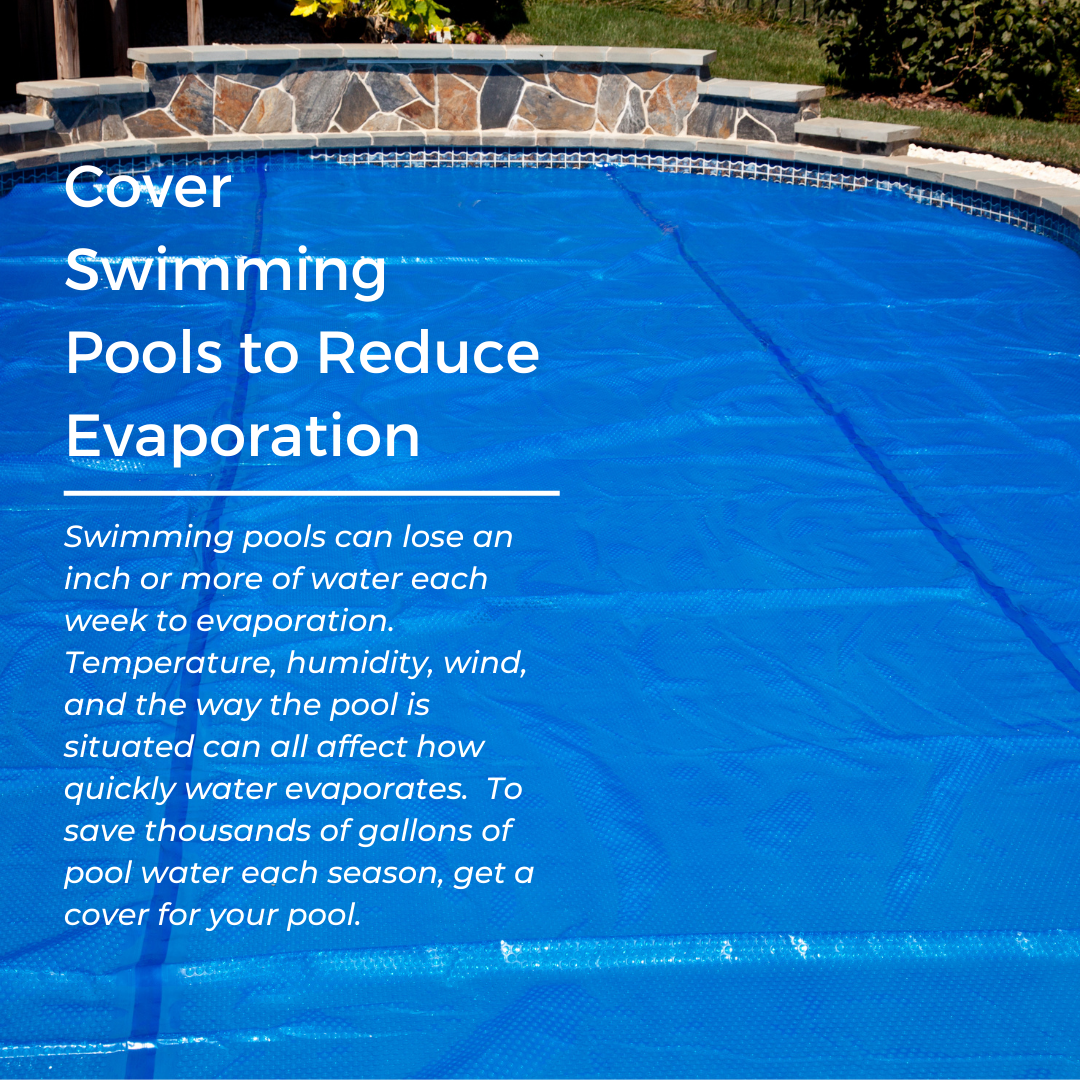
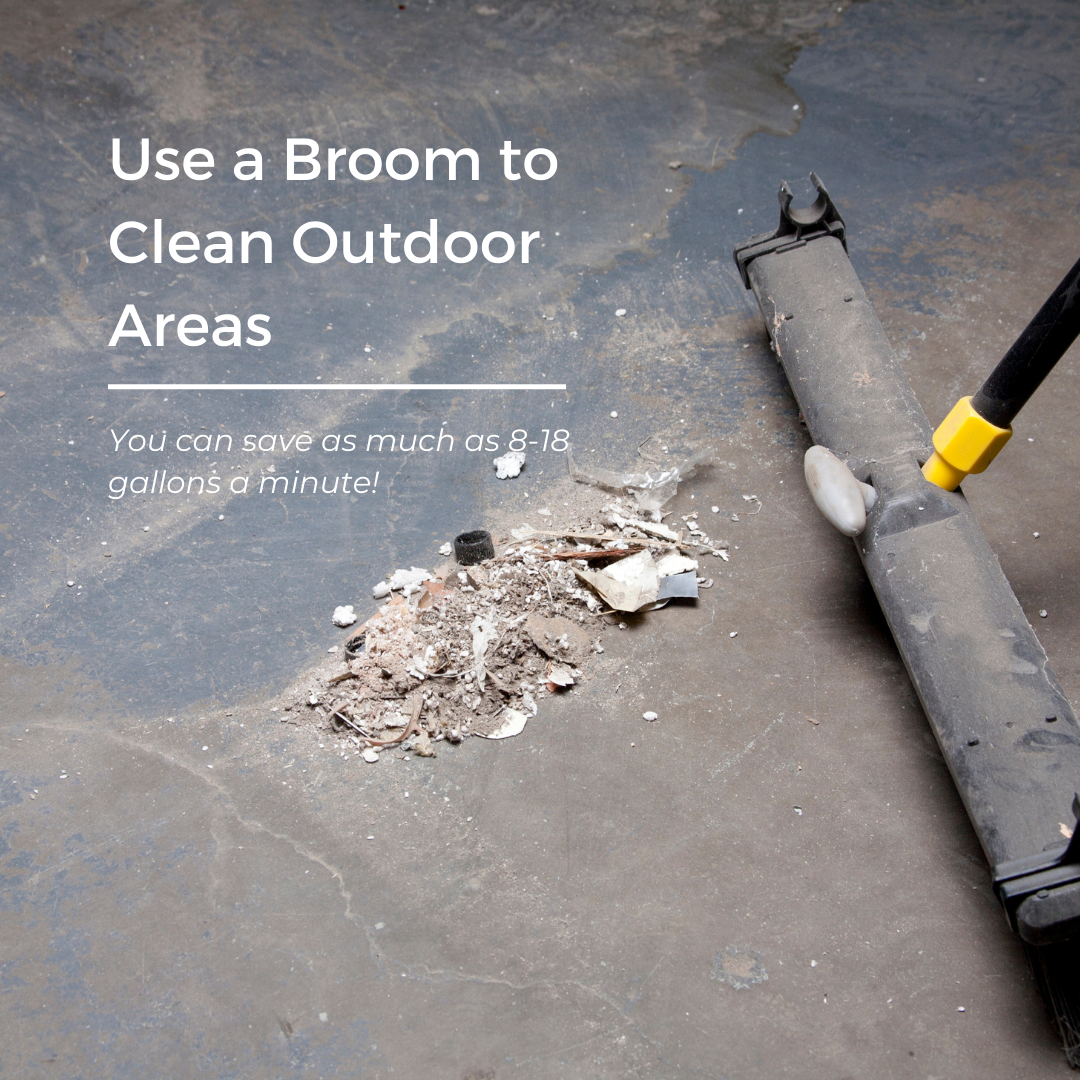






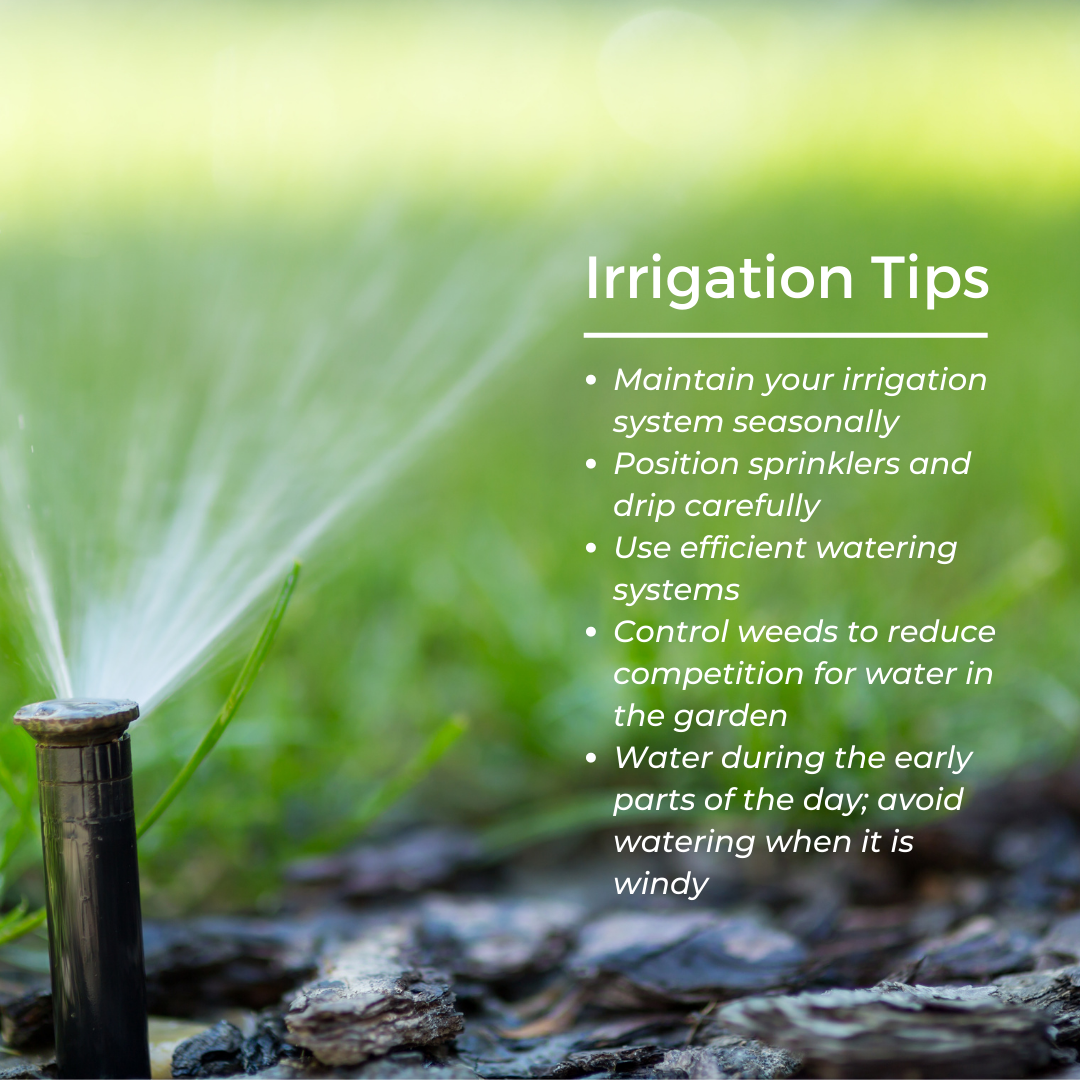






Reading Your Meter and Finding Leaks
How to Tell If You Have a Leak
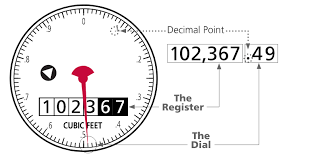
Reading your meter is no more difficult than reading the odometer in your vehicle. The odometer in your car will not register any mileage unless the vehicle is moving. Likewise, your water meter can only register usage when water is flowing through it. On the face of the registers is a rectangular space with numbers, much like your car's odometer. The meters used by the District measure water in cubic feet. Your bill will depict the number of cubic feet used and explain how to convert this number to gallons. For ease of billing, the District bills in hundred cubic feet.
By finding the item on your water bill that indicates your current meter read, and then reading your meter, you can estimate how much water you are consuming per day. Subtract the read on your bill from the read on your meter and then divide that answer by the number of days since the District read your meter.
Example of Bill:
| Previous Read | Current Read | Usage | Date Read |
|---|---|---|---|
| 1005.32 | 1023.67 | 18.35 | 6/19/22 |
| 1023.67 | 1035.72 (Your read) | 12.05 | 6/30/22 |
*12.05 units divided by 11 days = about 1.1 hundred cubic feet (HCF) per day
Cubic Feet to Gallons Conversion
1 cubic foot of water = 7.48 gallons
10 cubic feet of water = 74.8 gallons
100 cubic feet of water = 748 gallons
748 gallons or 100 cubic feet = 1 "unit"
You will see "units" referred to on your bill as the multiplier by which you are charged.
If you find yourself with a high water bill, use these simple steps to help identify the cause.

- First, compare previous water bills and check the amount of water consumption each month. Typically water usage is lower in the winter months and higher in the summer months.
- If the consumption is very high, compare the current read on your bill with the read on the meter register.
- At the time you read your meter, be sure no water is being used in or around your home. If no water is being used, then the meter should not be registering any water flowing through it.
- If the meter indicates water flow, you may have a leak. But first, re-check sprinklers in front and back yards, hoses and faucets, and check all plumbing fixtures inside the house to be sure nothing is on.
- If the meter is running fast, you may have a major leak.
- If the leak detector (small triangle, which is red, blue, or black in color or, if you have a digital meter register, will be indicated by a plus sign) is turning slowly (or if you have a digital number the numbers will be turning slowly), you may have a small leak.
- The leak detector (or numbers on the register) will turn very slowly, even for a dripping faucet.
- If the leak detector turns intermittently (on and off) then, chances are, water is being used at a fixture with a float; such as a toilet or a swamp cooler. Because a swamp cooler basin has to be continually filled, the float operates a valve to let more water in as needed. The toilet flapper, if not seated properly, will allow seepage out of the tank into the bowl. The float will slowly drop down as the water level drops, opening the valve and letting water in to top off the tank.
To Isolate Leaks, Using Your Meter is Very Simple
- First, shut off your irrigation supply valve. Re-check your meter. If the indicator is still moving, then the leak is not in the irrigation system. If the leak detector stops moving, then check the control valves for cracks or bad diaphragms which allow water to seep through much like a flapper in the toilet tank.
- Second, if the leak detector is still turning, shut off the supply valve to the house. This valve is most likely located in the garage wall, in a plastic box at the front or side of the house, or on a pipe riser coming out of the ground with a faucet, and entering through the wall. If in a pre-manufactured home, this shut-off may be in the wall near your water heater. If the meter stops turning or the leak indicator stops, then the problem is in your house.
- Third, open the house supply valve, and one by one start shutting off individual toilets, sinks, and other devices. You must check the meter each time a valve is shut off until the meter stops moving.
- Note: It is possible to have more than one leak at a time!
Wondering if you have a leak? Or do you know you have a leak and need help finding it? Contact us and we would be happy to help!
How to Locate a Leak

Here are a few ways to try to determine if you have a leak that is causing water to go through your meter.
- Low Flow/Leak Indicator: Your water meter has a "leak indicator" to show water going through the meter at a very slow rate. To check this leak indicator, look for a small red triangle on your meter. If you have a digital register, look for a plus sign. Shut off all water in and on your property and if the triangle moves at all, even very slowly, there is water going through the meter, which means you have a leak somewhere on your property. Likewise, if the numbers on your meter are still turning after shutting off all water, you have a leak somewhere on your property.
- Water Softener/Filter Check: Do you have a water softener, filter, or other treatment device anywhere in your home? Check to make sure it is cycling properly.
- Toilet Tank Dye Test: Toilets are notorious water waters. If you have a small leak in the seal of the flapper mechanism in your toilet, you may not hear it running, but large amounts of water can be wasted this way. To test your toilets, put a few drops of food coloring or dye tablets in the toilet tank (behind the toilet, not in the bowl), and then wait 10-15 minutes without flushing. Check the toilet bowl. If you have any colored water appear in your toilet bowl, this means you have a leaky toilet that needs to be repaired. A darker colored dye (*blue or green) works best for this test, or come by the District office and pick up some complimentary dye tablets.
- Time Test: Another way to determine if you have a leak is to conduct a time test. Look at your water meter before going to bed (or before any long period of time when you will not be using any water) and write down the meter reading from the dial on the meter. Be sure to note the position of the leak indicator as well. When you wake up or return to the property, look at your meter again to see if the dials and/or leak indicator has moved. If your meter shows usage, that means that water is running through the meter and going somewhere on your property or in your home. You can repeat this test multiple times while turning off the water to different fixtures one at a time for each test to see if you can isolate where the water is going. Still can't find that leak? It may be time to contact a plumber for assistance!
Need help finding a leak? Contact our office for advice on locating a leak or schedule a walk-through of your property with our water conservation specialist by email or call 760-868-1212.



